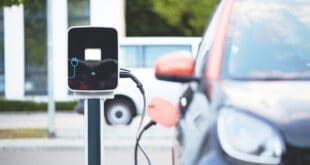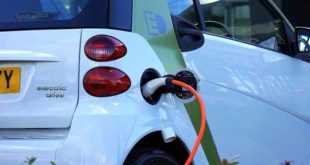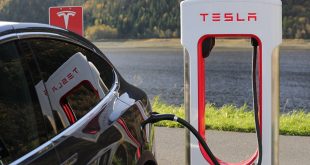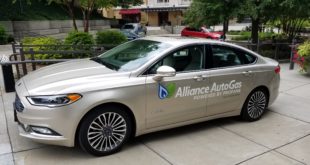An electric car is, quite simply, an automobile that is powered by electricity. An electric car has an electric motor and a controller for energising the motor. The energy is stored in its rechargeable batteries, which are re-energized by household electricity. That the electric car is 170 years old may sound surprising, but electric cars predate automobiles with a combustion engine. At first, the electric car was the more popular, but at the time a battery did not exist that would allow a car to move with much speed or over a long distance. However the electric car today still faces the same – fundamental – problems. Electric cars are once again started coming to the top of the media talk and this time the technology is better and batteries are improving. Electric car models, I am sure, will eventually serve as a viable option to conventional combustion-powered vehicles in the near future. Quite how close that “near future” is still open for discussion. Whilst electric car technology has vastly improved over the last two decades there are still two major sticking points preventing the wider use of electric cars:
Battery technology, particularly the capacity and recharging regime. Cost of purchase.
This article is an attempt to address the first of these problems in a simple easily understood manner.
Battery Technology Batteries store electricity in a chemical form, inside a closed-energy system. They can be re-charged and re-used as a power source in appliances or in our case; electric cars. The technology of batteries has moved on from Lead Acid to Lithium Ion with its inherent advantages of lighter weight and higher open circuit voltage. There is an additional advantage which is that they can be manufactured in a variety of shapes and sizes such that installation is easier into an irregular volume that might be found in a car. The final advantage is that they have no memory and no scheduled cycling is required to prolong the battery’s life. Manufacturers are relentlessly improving lithium-ion technology with new and improved chemical combinations.
The disadvantages include the cost and availability of Lithium and hence the batteries themselves, and also the life expectancy of such batteries.
A new exciting development in battery technology is the use of Carbon Nanotubes. These are sub microscopic structures. They are just billionths of a metre in diameter. Carbon Nanotubes resemble honeycombs. Scientists have been examining the properties of these for some years and have found that Nanotube material can exhibit the property of a capacitor with extraordinarily high energy density. Quite how long it will take for this to be translated into an available (and cheap) battery which can be utilised in an electric car is anyone’s guess.
The second associated question concerning batteries is just how do we recharge them?
Because of the short range – less than 100 miles with current technology – and lack of recharging facilities the use of electric cars is necessarily limited. I believe that electrics will serve a niche market for local driving by a few people. It won’t serve the needs for those with long commute distances or even local on-the-road workers. Whilst I might drive only 5 miles to work and back each day or 10 miles to the supermarket or the gym, visiting friends and family some distance away will be unachievable. Additionally even if the expected range of my electric car is 100 miles between recharges because of the lack of suitable recharging points I would be reluctant to risk running out of power before I could return home. As urbanization continues the electric car will be suitable for city travel where distances are short and the range of an electric car needs to be several times the daily mileage driven.
What is the solution? The technology to make an electric car that could be charged almost anywhere is already here – it simply hasn’t made it to the market. The proposal to create “charging stations” seems to have missed the point. Just plug it into your domestic socket and leave it overnight.
Another solution which might be feasible in the short term as a concept is the battery that can be swapped out at “electric filling stations” Pull in like we do at petrol stations and the station attendant simply swaps out your battery with a recharged one. This could be the solution for the long distance road travel.
One final point to be considered is that this electricity is not free – it must be produced somewhere and at some cost. We will need additional power generation and wind, solar or other renewable sources will be needed. Many want nuclear but while this is a very safe form of energy, it suffers from several drawbacks – but that is another topic for another day.
 Alternative Energy HQ solar power for homes, wind energy, and bio fuel issues
Alternative Energy HQ solar power for homes, wind energy, and bio fuel issues







